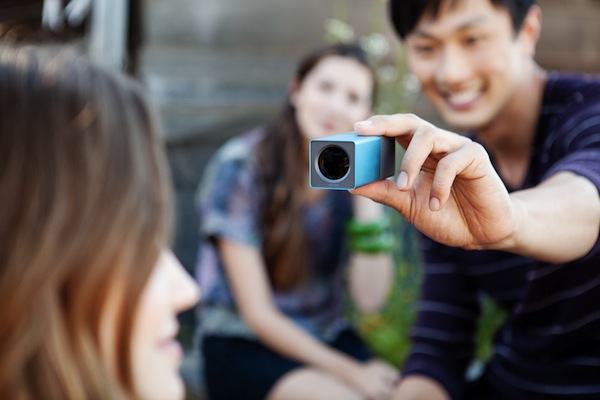THE WORD “REVOLUTIONARY” gets thrown around a lot in Gadget Land. Sometimes it’s true (aka iPhone), sometimes it’s just marketing jargon. If their light field camera is what these specs say it is, then I think Lytro is dead-on in claiming they’re bringing about a “picture revolution.”
A representative from Lytro was kind enough to answer a few questions for me about the light field camera. The pictures below are “living pictures;” click on an area to focus, and double click to zoom.
1. Let’s talk about the inside first. A light field camera captures all of the light in a scene, something which used to require a ton of cameras tethered to a supercomputer. What’s going on inside a Lytro camera that allows it to capture so much more light than a regular camera?

